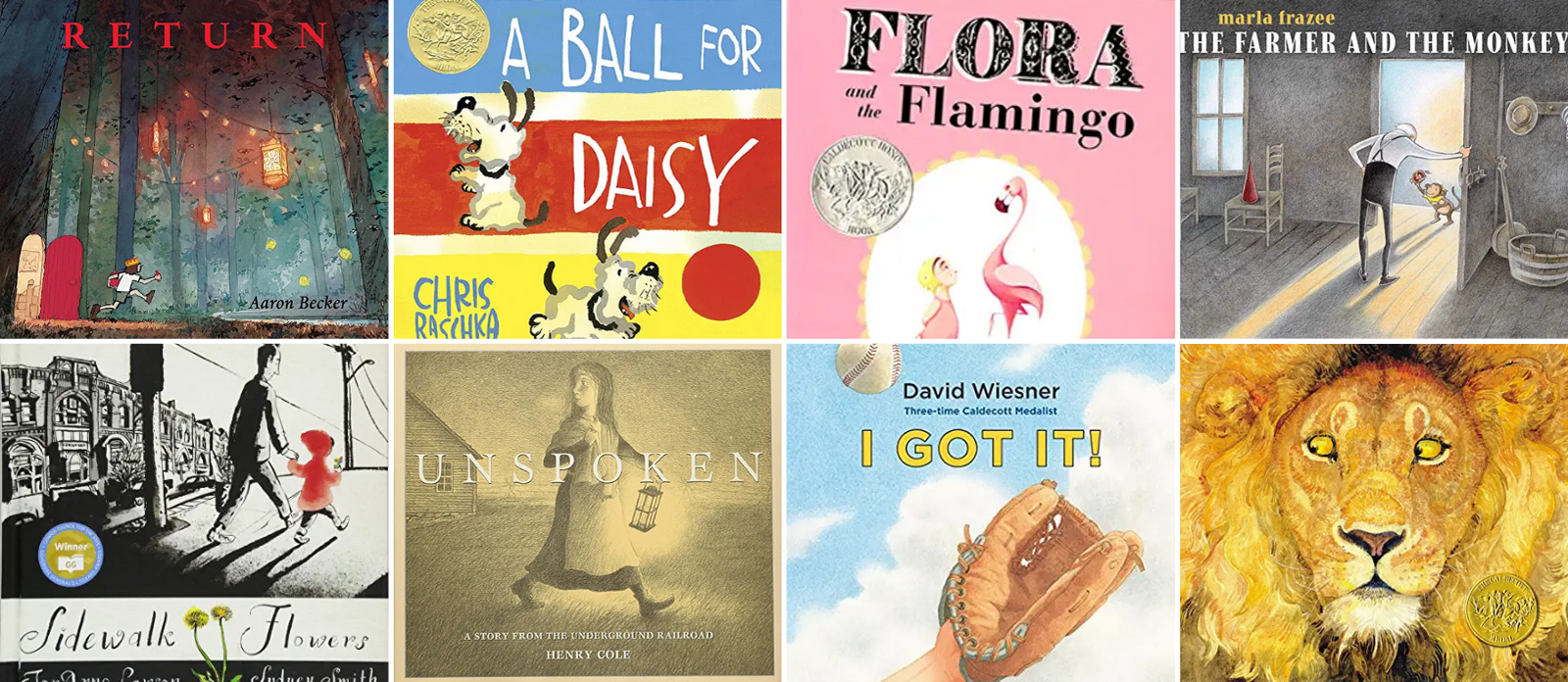I love using picture books in my teaching because they’re versatile, engaging, and can be used across content areas and grade levels. One of my absolute favorite types is wordless picture books. These unique resources open the door to creativity, critical thinking, and meaningful learning experiences.
With wordless picture books, you can:
- Teach Story Elements: Explore themes, mood, and character development.
- Practice Inferencing: Help students use visual clues to interpret meaning.
- Develop Writing Skills: Encourage students to craft dialogue, narratives, or alternate endings.
- Build Collaboration: Foster teamwork through group storytelling activities.
- Enhance Observation Skills: Focus on details like colors, expressions, and settings.
- Support Language Development: Especially helpful for multilingual learners to practice language functions orally.
- Encourage Discussions: Prompt meaningful class conversations or debates.
- Integrate Cross-Curricular Lessons: Tie them into science, social studies, or art activities.
One of my favorite ways to use wordless picture books is by introducing them during the first weeks of school. I design a group activity where students collaborate to create their own stories based on the illustrations. This activity promotes creativity, builds classroom community, and sets the tone for cooperative learning.
Here’s how it works:
Choose the Books
Select a variety of wordless picture books. Some of my favorites include:
- Sidewalk Flowers
- Unspoken
- The Lion and the Mouse
- Flora and the Flamingo
- The Farmer and the Clown
- A Ball for Daisy
- Quest
- Return
- Journey
- I Got It
Assign Groups
Divide students into small groups, either randomly or strategically. Set clear behavior expectations for group work, as this is a great time to model and practice collaboration skills.
Introduce the Lesson
-
- Show students a short video adaptation of Sidewalk Flowers. Ask them to write down observations, focusing broadly on what they notice.
- After viewing, have students share their ideas in pairs or small groups and then discuss as a class. Record key observations on chart paper.
- Guide the discussion to highlight how the story uses visual elements—like the transition from black and white to color—to convey meaning. Emphasize that the story is told entirely without words.
Explore the Books
Show the wordless book version of Sidewalk Flowers and “read” it together. Invite students to contribute story details they’d add if they were writing the text.
Group Story Creation
Assign each group a different wordless picture book and outline the task:
-
- Read the book together to interpret the story.
- Create a story map on butcher paper, including:
- Dialogue
- Problem/solution
- Central message or theme
- Add creative details to match the illustrations.
Present & Reflect
Groups present their stories to the class, and you can display their posters alongside the books.
Beyond the Activity
This lesson isn’t just for the beginning of the year. You can adapt it later to include additional skills, like grammar or theme analysis, or even have students create their own wordless picture books. Revisit the posters throughout the year as a reminder of their collaborative work, or use them as a springboard for new storytelling activities.
Incorporating wordless picture books into your lessons fosters creativity, critical thinking, and collaboration. These books are small but mighty tools that engage learners in meaningful ways! Try them out in your classroom!
